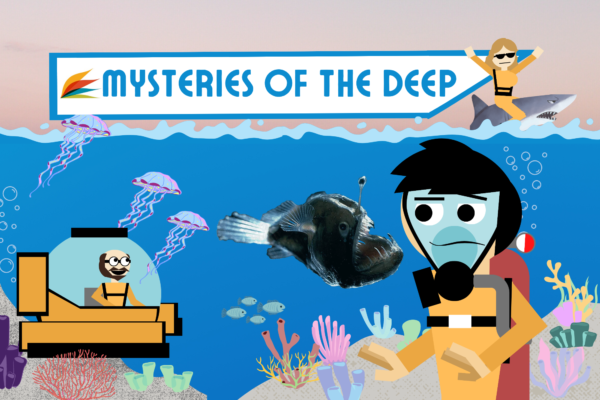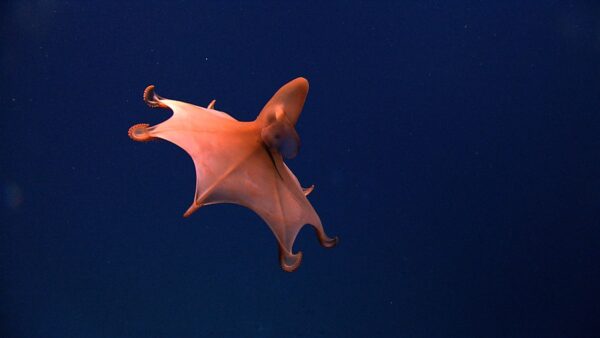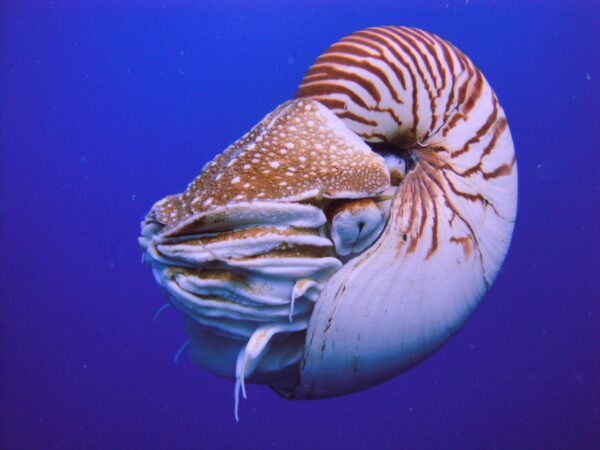
When you go to the beach, have you ever looked down at the water and wondered “what’s down there?” The ocean is huge. As in MASSIVELY HUGE. According to the Intergovernmental Oceanographic Commission of the United Nations Educational, Scientific, and Cultural Organization (UNESCO), only 5% of the ocean has been explored and charted by humans.
In our last blog, we talked about the appropriately named Goblin Shark and the completely misunderstood Blobfish. This month, we’re looking at more mysterious and (supposedly) frightening animals in the dark depths of the sea.
The scariest thing about the ocean is not knowing what’s hiding in it. Hopefully, the things you learn in this series will shine some light on the abyss and help you be a little less scared of the watery parts of our planet.
…or will it?
The Goblin Shark

This creature sounds a lot scarier than it actually is. You definitely won’t be needing sunlight or garlic to keep it at bay, nor will you need to worry about it drinking your blood. Vampire squids live in the oxygen-minimum zone of the ocean, which is about 100 to 1,500 meters deep. They have “living in the dark” in common with their more “immortal” human-monster friends on land.
Here are three facts about these scary-sounding shy guys:
The Blobfish

You may have heard the name of this animal from a certain captain who rode in a similarly named submarine who liked living a certain number of leagues under the sea. This is what it was based off of! The chambered nautilus lives along deep reef slopes as deep as 700 meters, but goes to shallower depths at night (around 70 meters).
Here are three facts about these strange-looking cousins of the octopus:
Pretty cool creatures, huh? If you’re interested in learning more about these sea creatures (and other animals you may be curious about), visit the library and check out some books from our non-fiction section! Then, check out our Gale Online Database where you can learn even more. You won’t have to live 480 million years to find more information about nautiluses!
Stay tuned next time for the next two animals in the series!





